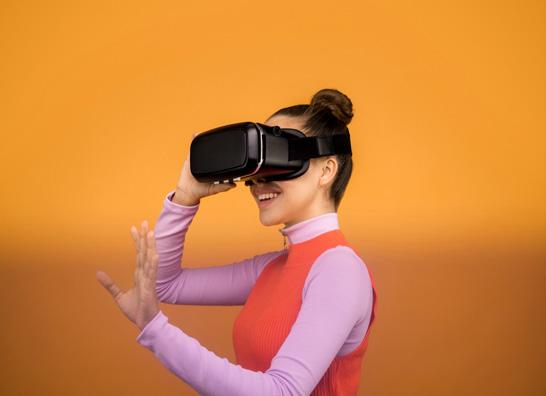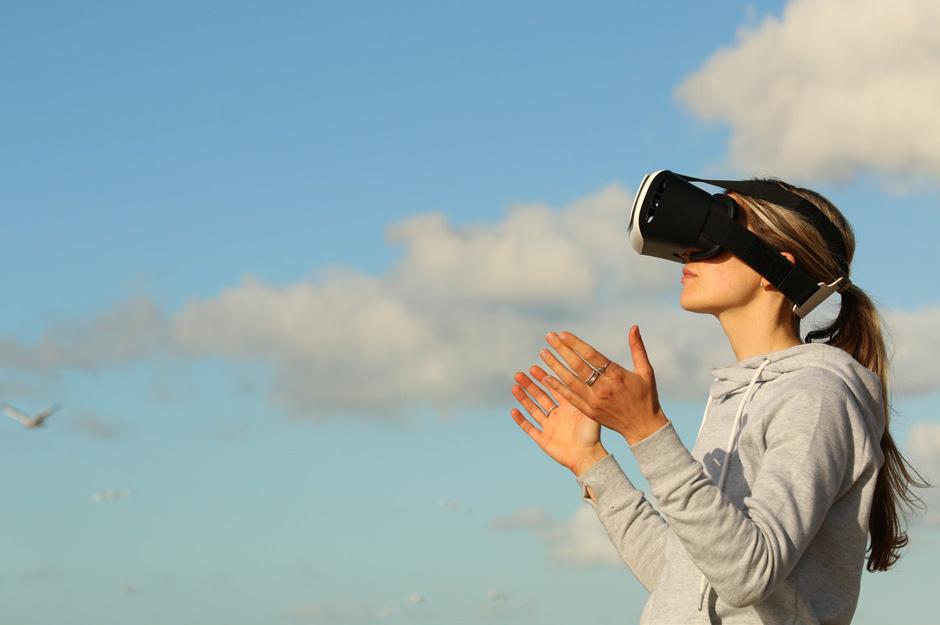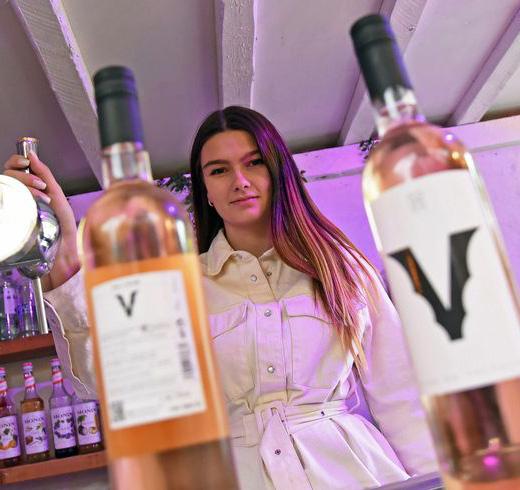
4 minute read
Augmented Reality

Augmented Reality (AR) has gone mainstream over the last couple of years. Hundreds of millions AR-filters are currently used on a daily basis - so it’s safe to say it is here to stay. But why did it increase so much in popularity? And how come creatives, developers, as well as brands are now all heavily involved? Let’s zoom in!
Advertisement
This blog is written by the AR team of Greenhouse. They have built multiple AR experiences for top brands like AXE, Universal Pictures, ICI Paris, CZ and many more.
Augmented reality - that’s the technology behind Pokemon GO, right?
We have to admit: the coming of age of Augmented Reality has been a slow one. The industry has talked about it for decades, before it hit mainstream popularity overnight with the enormous success of Pokemon GO. But while this game was interesting for the public to get familiarized with the technology, various other trends happened that were less visible. These developments paved the way for the widespread adoption of AR. Let’s start with the first one: the democratization of AR technology.
Ok wait, you have to explain this one..
In the early days, you had to be a specialist to develop AR experiences. It required a specific technical set of skills, making it hard and expensive to develop. And even if you made it to work, it would often result in glitchy objects floating around in mid-air. Next to that, from a business perspective it didn’t make a lot of sense to invest heavily in Augmented Reality. New innovations require a certain critical mass among consumers to be of interest for companies. To experience AR, a consumer needed a special phone with a depth-sensing camera. For years, only the Asus ZenFone and the Lenovo Phab 2 Pro were equipped with this camera. We still have to meet the first person who actually bought one of these phones.. Then, in the summer of 2017, the big breakthrough happened. All the big tech players got involved in a fierce battle to be seen as the AR leader - accelerating the technology to a whole new level. From a hardware perspective, every phone released that year was equipped with a depth-sensor. More interestingly, from a software perspective, all the big tech companies now released new programs making it easy to develop Augmented Reality experiences. This was especially true for AR suited for social platforms (social AR). These programs for Snapchat and Facebook/Instagram are free to use, designed to be user-friendly, and accompanied by various templates and tutorials. This truly unleashed the full creativity of designers, developers and brands.
Let’s zoom in on this phenomena: Social Augmented Reality.
Don’t be mistaken: social Augmented Reality didn’t just become popular because it was easier and more fun to develop. It certainly accelerated the progress, but there have been more movements under the surface. Let’s discuss three of them.
1. The development of Social Media caused a snowball effect for AR.
Social media usage is still growing every day, with AR perfectly integrated in these channels. More than 210 million people use Snapchat every single day - of which more than 70% uses an AR-filter on a daily basis. On other platforms like Instagram, these AR-filters are nowadays easily used, shared and re-used by others. More than 500 million Instagram stories are seen daily, creating a snowball effect for AR-filters. The result? The Augmented Reality version of ‘Flappybird’ has been seen over 1 billion (!) times within only 2 weeks! 2. Brands are starting to understand that traditional advertising does not reach a new generation.
Fueled by years of serving excess amounts of advertisements, brands are now even more fighting for the attention of the consumer. In our current attention economy, research shows that traditional ad formats will be skipped three seconds faster by generation Z than generation X. Next to that, short-term metrics such as views and clicks are slowly being replaced by brand-building metrics such as brand engagement and brand loyalty. In order to reach these goals, it moved the focus to metrics such as interaction time. And it is here where social AR is truly redefining industry benchmarks. One of our AXE cases had an average interaction time of nearly one minute! 3. We have entered the experience economy
Where previous generations were focused on ownership, new generations value the quality of experiences. Social AR allows the user to have interactive experiences with the brands they like. Instead of being a passive observer, they can now shape what happens next. We experience that through our filters, people are now co-creating together with their favourite brands, and using these filters as a way to express themselves. So what can we expect for the future? We are still in the early days, but we think Augmented Reality will continue to redefine industry standards. With both the big tech companies as well as the top brands all heavily involved, we expect to see various ground-breaking cases in the upcoming years. Interested in Augmented Reality? Don’t hesitate to contact us at Greenhouse!

<<< Scan these codes and the code at the top of the previous page for some AI experiences!










